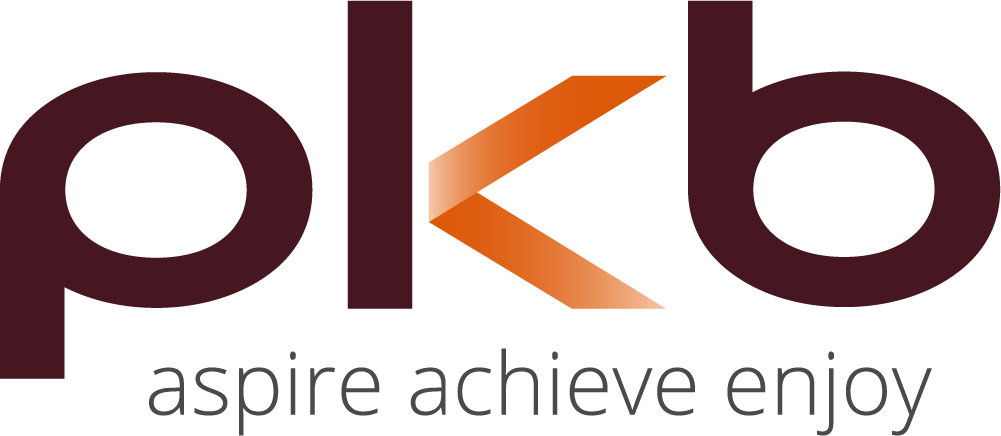The Government is doing everything they can to support businesses and their employees during the Coronavirus outbreak.
A natural concern is that many organisations don’t have a requirement for their staff while they’ve been forced to close. Unlike an office worker who can work remotely for example, a hairdresser can’t work from home because they’re not allowed to see anyone from outside their household.
This is why the Coronavirus Job Retention Scheme has been introduced.
What is the Coronavirus Job Retention Scheme?
The Coronavirus Job Retention Scheme has been brought in so that employers can safely keep their employees at home during the outbreak. In order to do this while enabling them to retain staff until they’re able to open again, the government will be paying grants to employers.
Each employee will receive either 80% of their regular wage or £2,500 per month, whichever is the lower amount. Grants are calculated per employee and will also include the associated employers’ national insurance contributions (NIC) and the minimum automatic enrolment employer pension contributions. Fees, commission and bonuses will not be included.
This gives a maximum cap of £2,500 +£245 (employers’ NIC) + £59 (auto- enrolled pension contribution) = £2,804 of total possible grant that can be applied per employee per month.
Key rules for the Coronavirus Job Retention Scheme
In order to be eligible for the scheme, the following rules have been outlined and are accurate as of 26 March 2020.
- Furloughed members of staff must not work for the employer during the period of furlough.
- Furlough will start from 1 March 2020 and payments will therefore be backdated. It will cover a minimum period of three months and will be extended if necessary.
- The scheme is available for employees on your payroll from 28 February 2020.
- All UK businesses are eligible to apply whether you’re a small, large, charitable or non-profit organisation.
- The scheme does not extend to dividends. Owner/managed companies must have been paying a salary through payroll to be eligible for the grant.
- The scheme is classified as a grant, not a loan and it paid to the employer. A new online system is being built for this purpose. There is no detail about the application process at the moment but we will keep you updated as soon as we receive further information.
- It’s up to the employer to pay their employees through payroll and to report payments to HMRC using the Real Time Information (RTI) system as usual. This contract may be re-negotiated, but that is a matter for employment law.
- The scheme will be administered by HMRC and employers will need to submit claims to HMRC through a new online portal.
- Because the system will take time to build, businesses can use the Coronavirus Business Interruption Loan Scheme to support cash flow in the meantime.
For employees whose pay varies, HMRC guidance advises the following:
If the employee has been employed (or engaged by an employment business) for a full twelve months prior to the claim, you can claim for the higher of either:
- The same month’s earnings from the previous year or
- Average monthly earnings for the year.
If the employee has been employed for less than a year, claim for an average of their monthly earnings since they started work.
If the employee only started in February 2020, use a pro-rata for their earnings so far to claim. Once you’ve worked out how much of an employee’s salary you can claim for, you must then work out the amount of Employer National Insurance Contributions and minimum automatic enrolment employer pension contributions you are entitled to claim.
What do you need to do now?
- Employers will need to designate affected employees as ‘furloughed workers’ and notify those employees of this change and agree this with them
- may need to discuss and agree with employees to furlough
- Notify employees in writing with reasons
- 80% or full wage – employer chooses (max £2,500)
- Keep a list of furloughed employees and details of pay, NI, names etc.
- Do payroll using 80% of salary
- Pay employees (albeit 80% of usual pay)
- Furloughed employees should not do ANY work for the employer
- Employers will claim the grant through a new separate portal to be built by HMRC in April
- The scheme is open to all UK employers that had created and started a PAYE payroll scheme on 28 February 2020
Example 1
- Lucky Ltd employs Mr Busy at an annual salary of £24,000 (£2,000 per month). (Ignore pensions and AE)
- Each month, Mr Busy receives net pay of £1,665 which is after deducting PAYE of £191 and employees NIC of £144. On this salary, the employer pays employers’ NIC of £174.
- The available grant for the employer is the lower of:
- (a) 80% of (£2,000 + £174), and
- (b) £2,500
- So a grant of £1,739 in April when the systems are working
Example 2
- Mr Bob owns a restaurant with no provision for take away and lives in the flat above and has now SHUT the restaurant.
- He typically takes a salary of £12,000 plus dividends at the year end
- He has 4 full time employees
- Contracts of employment allow lay offs
- Furlough x 4 staff and they accept a salary reduction to 80% of their previous salaries
- Mr Bob? No support for living costs and he will need to look for alternative support (Business rates holiday, VAT deferral, loan or increased overdraft and Small Business Grant) whilst the restaurant remains closed
Will entitlement to other employment benefits continue during the period of furlough?
The rules for the grant will not displace the existing employment contract. So for example, we would expect the entitlement to holiday and sick pay would depend on the contract.
Employees eligible
- Eligible employees are those on the payroll on 28 February 2020. Any employee who was made redundant after that date but who was employed then, can be re-employed and furloughed.
- We have had many questions asking if workers can be moved in and out of being furloughed if work becomes available to an employer and then ceases again? The scheme is being designed to allow for flexibility so that furloughed staff can be brought back to work, for example, to replace those still working who later become sick. An employee must remain on furlough for a minimum period of three weeks, although a further period may immediately follow the previous furlough if agreed. This will ensure flexibility and permit furloughed employees being brought back to cover, for example, sickness of others.
- This will again depend on the employment contracts of those affected.
- The matter of which employees an employer decides to furlough will be a matter for negotiation with staff and employment law.
- The impact on job sharing employees and the decision to furlough will be a matter for negotiation with staff and employment law.
- We presume that, subject to anything different stated in the employment contract, eligible employees will include apprentices.
- Agency workers are eligible.
- We do not yet know whether the scheme will include deemed employees under the off payroll working rules.
- An employee does not have to accept furlough if offered, but the employer could then make the employee redundant instead using the usual employment law procedure.
- The rules allow furloughed workers to undertake training while they are on furlough. The condition is that the worker must not be making money for the employer.
- It is a condition of the scheme that the employee must do no work at all during the furlough period. The intention of the scheme is to allow employers to pay staff who are without work. HMRC will of course have visibility of pay records.
Employees with more than one employment
While we understand that an employee who is furloughed can do no work at all, the employee can hold a separate employment with a different and unconnected employer which will be unaffected.
If you would like advice about the Coronavirus Job Retention Scheme and whether or not your business is eligible, please don’t hesitate to get in touch with PKB Accountants.
Please note that the information listed above is our understanding of this policy and how it will work based on the information published up to and including 26 March. It should not be relied on for advice at this stage but is intended to give an indication of how the scheme will work.
Additional information
- gov.uk/guidance/check-if-you-could-be-covered-by-the-coronavirus-job-retention-scheme
- gov.uk/guidance/claim-for-wage-costs-through-the-coronavirus-job-retention-scheme
- gov.uk/government/publications/guidance-to-employers-and-businesses-about-covid-19/covid-19-guidance-for-employees
- gov.uk/government/publications/guidance-to-employers-and-businesses-about-covid-19/covid-19-support-for-businesses
To read news and blogs from Rebecca Austin, click here >>


